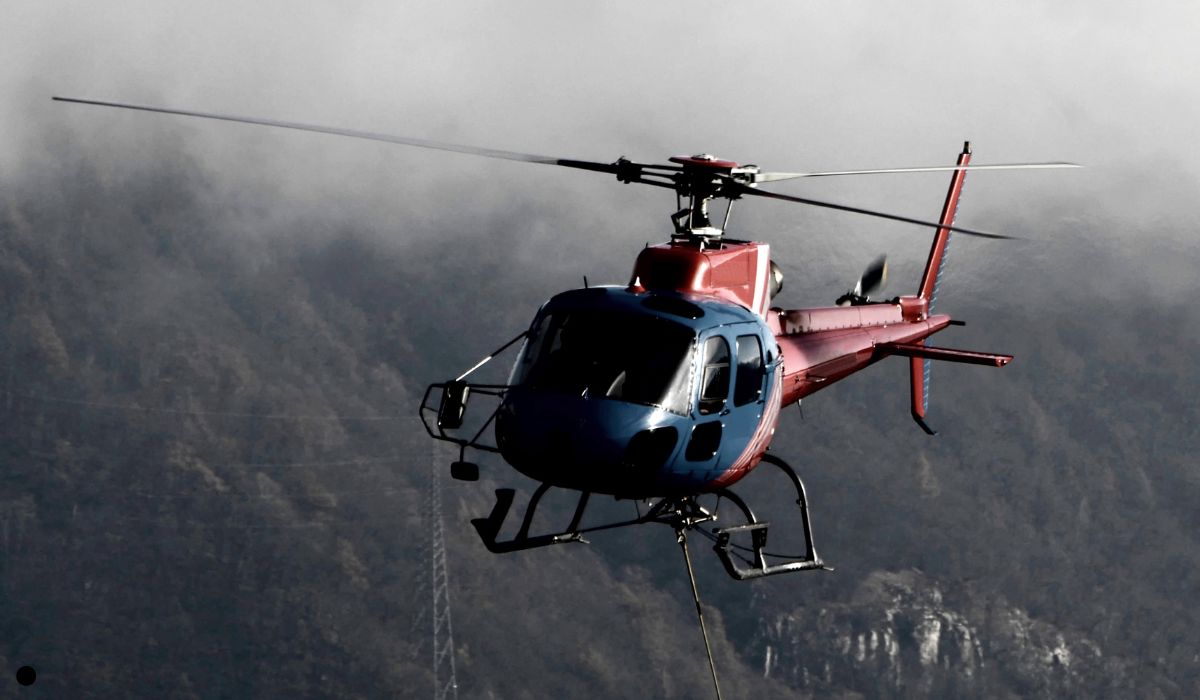Helicopters offer a unique perspective, allowing us to reach remote locations, enjoy scenic tours, and travel efficiently. But are they safe? This comprehensive guide delves into the latest safety data, addresses common concerns, and equips you with the knowledge to make informed decisions when considering a helicopter charter.
Helicopter Safety: By the Numbers
The question of helicopter safety is often met with apprehension. However, statistics paint a reassuring picture:
- Low Fatal Accident Rate: The fatal accident rate for helicopters in the United States over the past five years was 0.73 per 100,000 flight hours. This signifies that the likelihood of a fatal accident is relatively low.
- Favorable Comparison: This rate is even lower than that of general aviation (non-commercial or smaller private planes), which recorded 1.049 accidents per 100,000 flight hours in 2020.
- Tour Helicopter Safety: Tour helicopters generally boast even lower accident rates due to stricter regulations and experienced pilots.
Understanding the Risks: A Deeper Dive into Accident Data
Analyzing helicopter accident trends provides valuable insights:
Landing Phase: The landing phase is when most accidents occur, underscoring the importance of pilot expertise and meticulous attention to detail.
Personal/Private Flights: The majority of accidents occur during personal or private flights, highlighting the importance of choosing reputable operators and prioritizing safety protocols.
Loss of Control: Loss of control is a leading cause of accidents, emphasizing the need for ongoing pilot training and adherence to safety procedures.
Factors Ensuring Helicopter Charter Safety
Several key factors contribute to the safety of helicopter charters:
- Stringent Regulations: Helicopter operators must comply with rigorous safety regulations set by the Federal Aviation Administration (FAA) and other governing bodies. These regulations encompass pilot training, aircraft maintenance, and operational procedures.
- Comprehensive Pilot Training: Helicopter pilots undergo extensive training and must meet specific experience requirements before they can operate charter flights. Their skills are regularly evaluated and updated to ensure proficiency.
- Meticulous Aircraft Maintenance: Helicopters used for charters undergo regular maintenance and inspections to ensure they are in optimal condition. Safety checks are performed before each flight to identify and address any potential issues.
- Weather Monitoring: Operators prioritize safety by closely monitoring weather conditions and will not fly if conditions are deemed unsafe. They adhere to strict guidelines to mitigate weather-related risks.
Choosing a Safe Helicopter Charter
Selecting the right operator is crucial for a safe and enjoyable helicopter experience:
- Research Thoroughly: Investigate the operator’s safety record, certifications, and experience. Look for reviews and testimonials from previous clients.
- Verify Credentials: Ensure the operator is licensed and insured, and that their pilots hold the necessary certifications.
- Ask Questions: Don’t hesitate to ask about their safety protocols, maintenance procedures, and how they handle adverse weather conditions.
- Trust Your Instincts: If you have any doubts about an operator’s commitment to safety, choose another provider.
Conclusion
Helicopter charters can be a safe and exhilarating way to travel or experience stunning aerial views. By understanding the safety data, recognizing the risks, and selecting a reputable operator, you can confidently embark on your next helicopter adventure.
For further information on helicopter safety, check out these resources:
How Safe Is Flying in a Helicopter?
Contact the Icarus Jet Charter representative today for a personalized quote and start planning your dream Greek island adventure at charter@icrusjet.com +1888 277 7203




